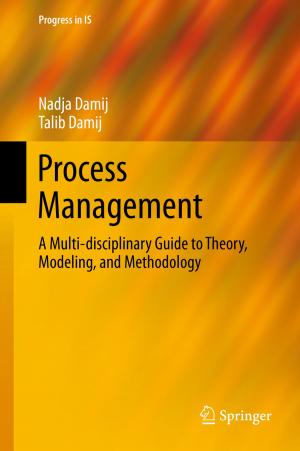Artificial Liver Support
Nonfiction, Health & Well Being, Medical, Specialties, Internal Medicine, Gastroenterology, Surgery| Author: | ISBN: | 9783642966293 | |
| Publisher: | Springer Berlin Heidelberg | Publication: | December 6, 2012 |
| Imprint: | Springer | Language: | English |
| Author: | |
| ISBN: | 9783642966293 |
| Publisher: | Springer Berlin Heidelberg |
| Publication: | December 6, 2012 |
| Imprint: | Springer |
| Language: | English |
The regenerative capacity of the liver cell is almost unlimited. Therefore after acute liver damage, be it viral, toxic, hypoxic, or surgical in origin, restitutio ad integrum is the usual outcome. In two forms of liver disease, however, this is not the case: in fulmi nant hepatic failure, liver regeneration often is not fast enough to keep the organism alive; in end-stage cirrhosis, regeneration is dis turbed by a hypertrophic architecture of fibrotic tissue. For these extreme forms of liver disease and for critical situations before and after liver surgery, artificial liver support is needed. This book contains the latest results in this area of research pre sented by scientists from allover the world at an international symposium held in Celle, Germany, June 2-4, 1980. Exciting new methods like continuous membrane plasma sepa ration and liver cell transplantation into the spleen have been de veloped. The older methods of hemoperfusion and dialysis have been improved. Enzymological methods and liver transplantation have made good progress. We hope that this volume will help the clinician in his decision-making and stimulate ingenious new re search for the benefit of our liver patients.
The regenerative capacity of the liver cell is almost unlimited. Therefore after acute liver damage, be it viral, toxic, hypoxic, or surgical in origin, restitutio ad integrum is the usual outcome. In two forms of liver disease, however, this is not the case: in fulmi nant hepatic failure, liver regeneration often is not fast enough to keep the organism alive; in end-stage cirrhosis, regeneration is dis turbed by a hypertrophic architecture of fibrotic tissue. For these extreme forms of liver disease and for critical situations before and after liver surgery, artificial liver support is needed. This book contains the latest results in this area of research pre sented by scientists from allover the world at an international symposium held in Celle, Germany, June 2-4, 1980. Exciting new methods like continuous membrane plasma sepa ration and liver cell transplantation into the spleen have been de veloped. The older methods of hemoperfusion and dialysis have been improved. Enzymological methods and liver transplantation have made good progress. We hope that this volume will help the clinician in his decision-making and stimulate ingenious new re search for the benefit of our liver patients.















